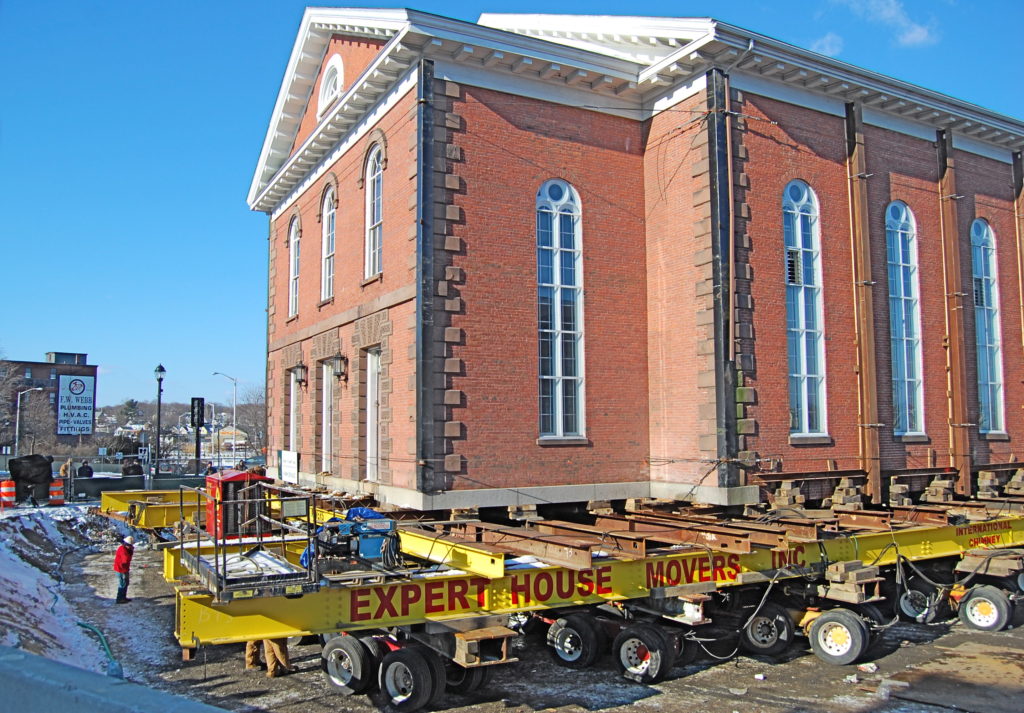
As the world of commercial real estate (CRE) development has moved into the 21st century, it has been found that its guiding principles have remained virtually unchanged. For Dean Kirkland WA, CRE agents, developers, and owners still continue to have to identify and market the features of their property that make it unique, and this is what attracts others to it. Dean Kirkland focuses mainly on the Washington and Vancouver area, but he believes buyers look at very specific things, regardless of where in the country they are searching.
-
Location and Visibility
First of all, location is a key consideration. A site has certain unique features and benefits that potential buyers search for. Location is about geographical location, but also about surrounding commerce and traffic arteries, for instance. This can be showcased through aerial photographs, for instance.
-
Existing Physical Renovations
Secondly, it is important that the parcel does not have any deteriorating or obsolete structures on it. If one is present, sellers should consider whether it is more profitable for them to tear the building down or renovate it, or whether lowering the asking price is better.
-
ADTC (Average Daily Traffic Count)
The ADTC is an excellent selling point, particularly if it is near busy roads. Having these figures available is generally greatly appreciated. It should therefore be included in marketing materials as well. National entities tend to be particularly interested in the ADTC, certainly if they depend on traffic for patronage. Hotels, gas stations, convenience stores, and restaurants, for instance, fall under that category.
-
Site Access
Next, there is the issue of legally permissible access. Access limitations can actually render a parcel unsellable. Generally, there are two access types:
- Full access, which means traffic can enter from any direction. This may mean traffic signals, deceleration lanes, and blisters have to be installed.
- Right in, right out, which is not as good because it means vehicles can only turn right into and out of the property.
-
Utility Availability
While septic systems continue to be common in many properties and plots, they are not as favorable as those that have a more modernized infrastructure. The seller will have to consider, again, whether to invest by modernizing the utilities, or drop their asking price.
-
Environmental Issues
There are numerous environmental issues, and it is now common practice to have an environmental assessment completed prior to purchasing. Full disclosure is vital in this, as sellers can be held liable even after the sale. If environmental issues are present, the seller must choose, again, whether to pay for the cleanup, or whether to drop the asking price.
-
Surrounding Commerce
The surrounding commerce is also very important. Some may not have been developed yet, but is already zoned for certain usage. Others may have exclusive zoning rights. The surrounding commerce can be both a selling point, or a point of contingence. Again, it is important to be open and honest and to have all the information available.


